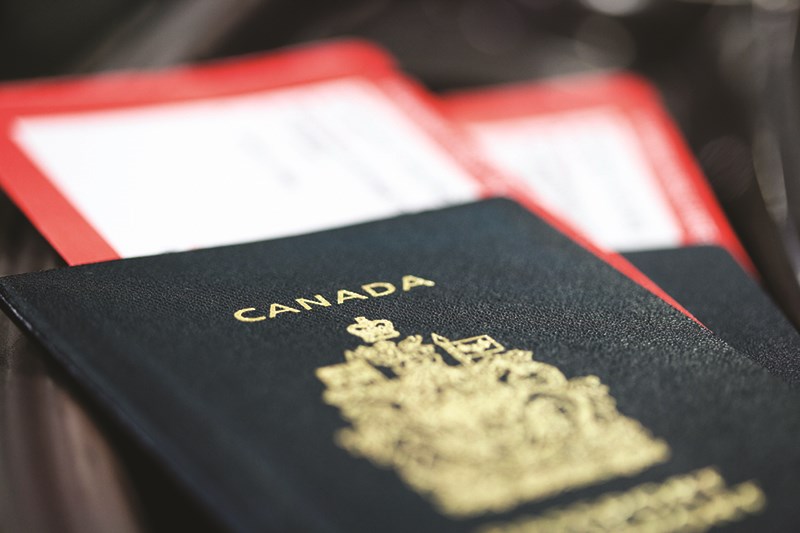Troy Shantz
The number of refugees seeking asylum in Canada at the Blue Water Bridge and other Southern Ontario border crossings has surged since U.S. president Donald Trump was elected last November, statistics indicate.
Refugee claims averaged 434 a month in the first three months after Trump’s election, according to Canada Border Services Agency data.
That’s a 77% increase in asylum-seekers over the previous 34 months, when an average of 245 claims were processed in the region covering Sarnia and Windsor to Niagara.
The top five countries of origin for refugee claims last year were Colombia, Syria, Eritrea, Iraq and Burundi, the CBSA says.
London-based immigration lawyer Michael Loebach said about half of the 300 claims he processed in 2016 came from people fleeing the U.S.
“It’s only very recently we’re seeing people now coming from the U.S., saying their intention had been to go to the U.S., but now that Trump is in power they’ve changed their mind,” said Loebach, who has been in the business 35 years.
“They’re saying they don’t think they’ll get a fair hearing (or) they won’t get a hearing at all. They’re afraid of the uncertainty.”
Rising racial tensions south of the border is also prompting some to seek a safer life in Canada, he added.
“I just interviewed somebody who suffered a vicious racial incident in a major city in the U.S. — attacked for racial reasons. (They) had a work permit in the U.S. and their intention was to stay there, but that ended that. That’s why that person’s here.”
Under the 2002 Canada-U.S Safe Third Country Agreement, refugees entering Canada must be an unaccompanied minor or have a relative residing legally in Canada.
If either condition is satisfied the claimant proceeds to the next stage, and the case presented within 15 days.
“(But) if you show up and you don’t have a relative in Canada you can have the strongest refugee case in the world and you won’t be let in,” Loebach said.
As a result, increasing numbers are illegally entering the country, which allows them to make a claim without risk of being turned away under the Safe Third Country Act.
The increase in illegal immigrants seeking asylum in Canada has been greatest at the Manitoba, British Columbia and Quebec borders, said RCMP spokesperson Harold Pfleiderer, who did not have numbers for southern Ontario.
Illegal entry at the Sarnia-Port Huron crossing is still relatively rare, Loebach said.
“It doesn’t happen a lot, but people hide in trunks of cars,” he said. “If you can get in, somehow or another, then you go to immigration and ask for your claim.”
Windsor-based immigration lawyer Eddie Kadri predicts an increase in illegal entries arriving across the St. Clair and Detroit rivers.
“The biggest impediment to why we’re not seeing bigger numbers is the fact the weather has been a prohibiting force,” he said.
“In this area you can just get into a little boat and come right across to the Canadian side where there’s no border. The biggest defence we have is houses. That’s what we rely on, to report people doing that type of activity.”
Sarnia Mayor Mike Bradley also believes refugees could begin showing up on the river once the weather warms.
“All you have to do is look at the border crossing from here to Windsor, and the number of boaters out there, fishermen and boaters, day and night,” he said.
“That potential is there.”
